14 Phrases You Need to Know Before Using Public Transportation Abroad
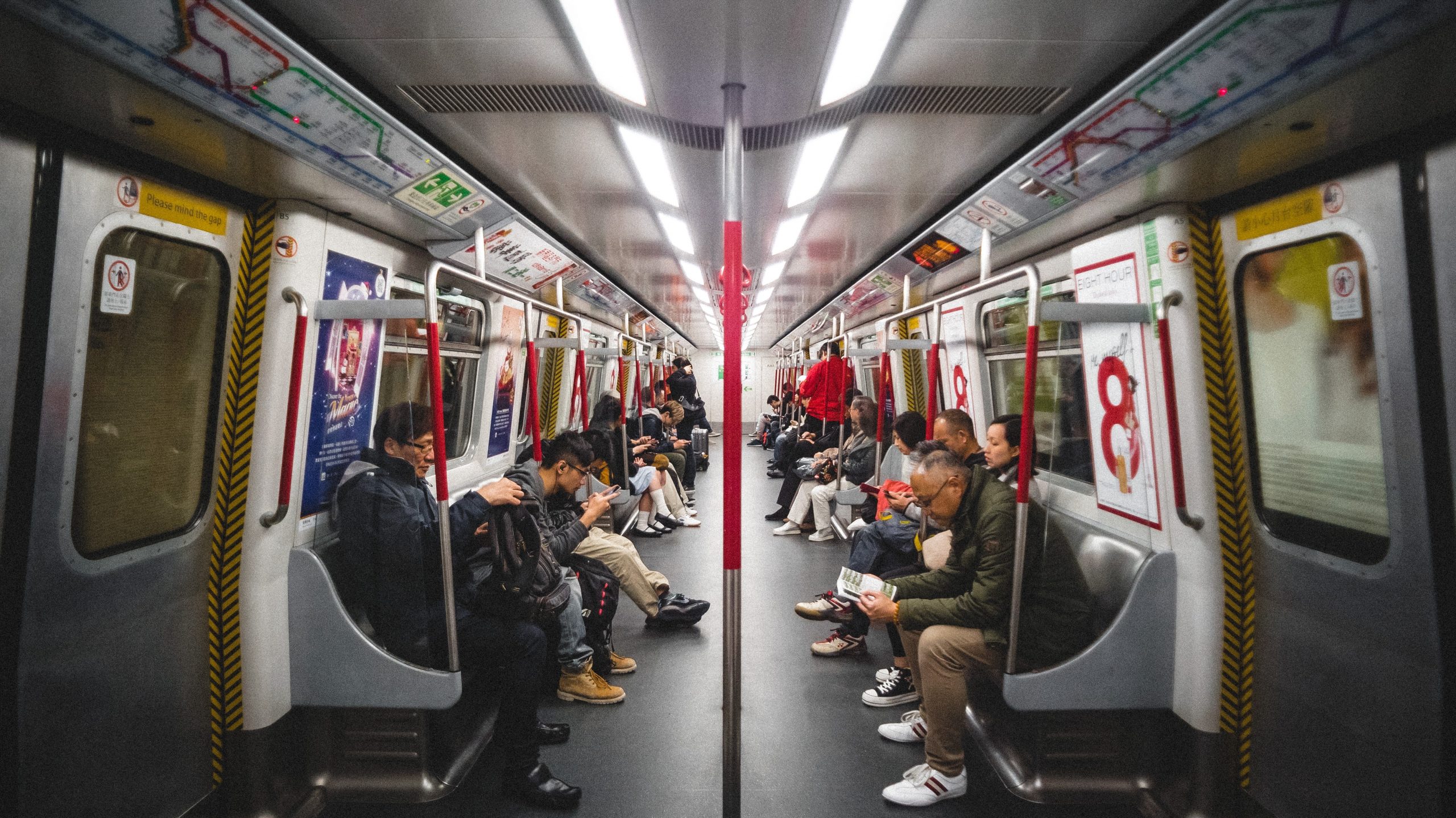
Public transportation is both fun and smart way to go around a foreign country. It is an experience in itself; it shows everyday sights that you might not see unless you go around on foot, and it lets you experience regular events outside of all the touristy sights. Public transportation is also considerably cheaper than using private rides. Using these modes of transport does have its challenges—especially for people who don’t speak the local language. Luckily, most tourist destinations are accommodating to English speakers.
Before anything, it is important to be familiar with the different forms of vehicles you will most likely encounter abroad. Trains are one of the fastest, most efficient public transport systems. They often follow a timeline, so it is very easy to plan around them. Buses often also follow a fixed route and schedule. However, depending on the traffic, this might differ, especially in countries with more busy roads. Trams (also known as trolleys or streetcars) are like a hybrid of trains and buses. Like trains, they run through a laid track; but like buses, they travel along roads. Although they do not seem like public transport, taxis are also an option for going around, not to mention they are a convenient alternative if other modes of transportation fail.
This list goes through 14 phrases that you should remember when you use public transportation abroad. They are helpful for when you need help going around, for when you are looking for directions, or if you are lost.
Can you help me?

Ask “Can you help me?” to a guide, information staff, or even a kind stranger if you need assistance. It is always good to ask someone if they can help you before assuming that they are willing to. You can also phrase this as “I need help.”
Do you speak English?

There are plenty of people ready to help tourists who are finding their way around their country. But not everybody understands English, and it might prove difficult (or pointless, even) to talk to someone who does not understand you or vice versa. Use this phrase to ask whoever you are talking to if they can talk in English. That way, communication is better for both of you.
Can you speak slowly?

Say this phrase when the person you are speaking to is talking at a speed that you find hard to understand. It will help you distinguish their instructions better, especially if they have a strong, unfamiliar accent that might be masking their pronunciation. Remember, though, to approach this question politely!
Can you please write that down?

If you are given a lot of instructions or if you are just better at taking information in visually, you can ask someone to write down their tips for you on a piece of paper (a tip is to carry around a notepad or a small notebook while you travel!) or on a blank note on your phone. This is especially convenient for people who do not have the greatest memory!
One-Way/Round-Trip
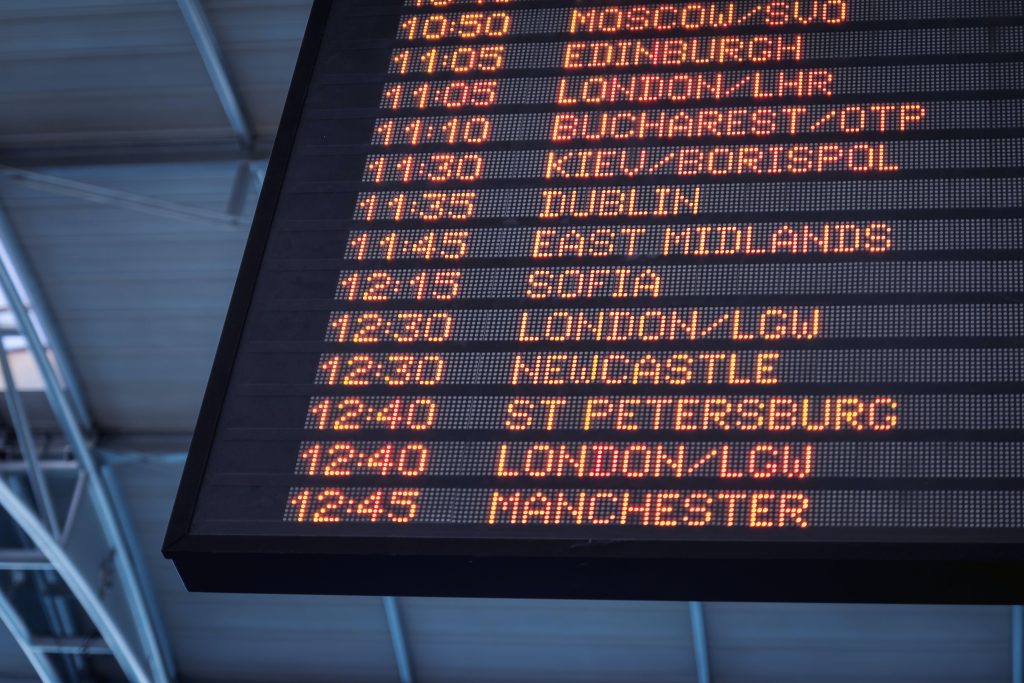
One-way and round-trip are terms mostly referring to tickets. One-way means that you are only traveling from Point A to Point B. Round-trip means that you are moving from Point A to Point B, then back to Point A. You will need to know this before buying tickets to a different destination!
How much is a ticket to…?
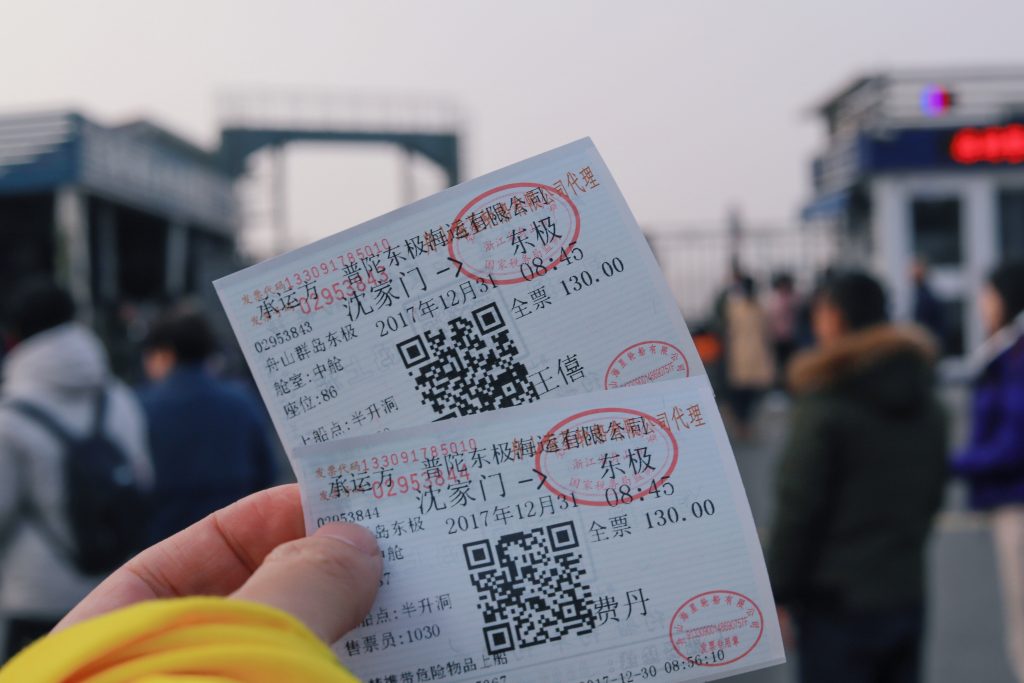
While most public transportation display their ticket prices either at the ticket counter or when you board the vehicle, it is good to confirm the prices yourself to be sure. Ask this question to the ticket seller or the train or bus conductor.
How do I pay?

Some public transportation accept credit cards, which is convenient for many people. But there are still some modes of transport that only accept cash. Ask this question to know which option you can choose. If you would like to know if you could use your credit card, you can also ask, “Do you take credit cards?” This question also helps you know to whom you are paying the fee—you would not want to waste your money giving it to the wrong hands!
Departures/Arrivals
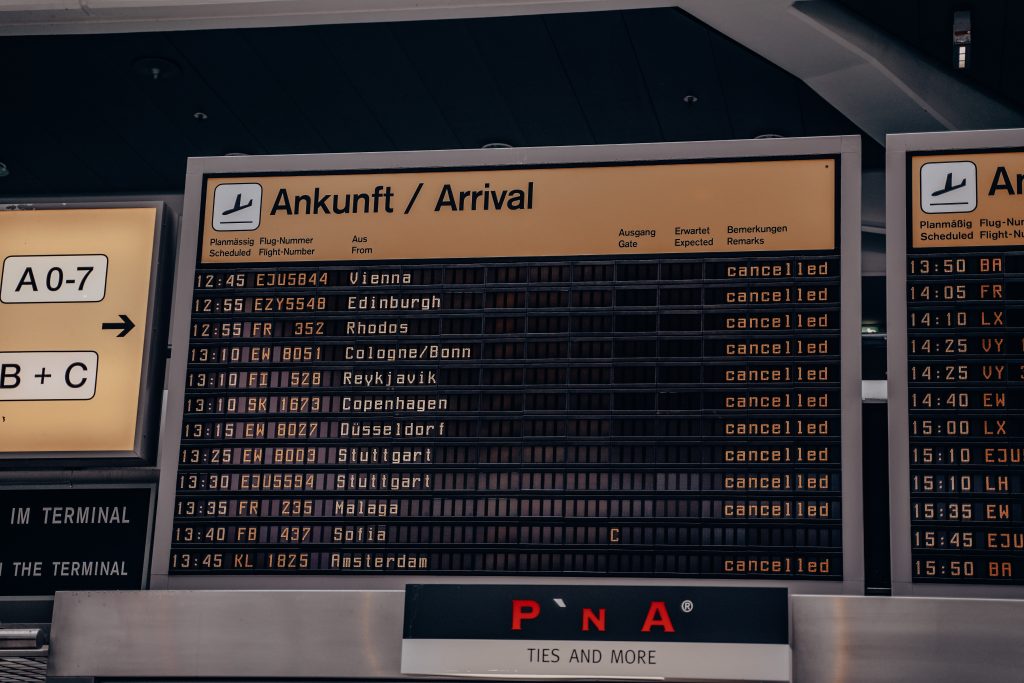
The words “Departures” and “Arrivals” are a staple at any airport, and it tells you where to go if you are leaving the country (Departures) or are only arriving in it (Arrivals). Airports usually separate these two areas, so make sure you go to the right one, or else you might miss your flight!
How do I get to…?

Use this phrase to ask someone for directions going to a specific place. Just complete the sentence: How do I get to (the name of your destination)? When giving the name of your destination, it is important to be specific. Give the exact name or address to avoid any confusion.
Can you show me how to get there?
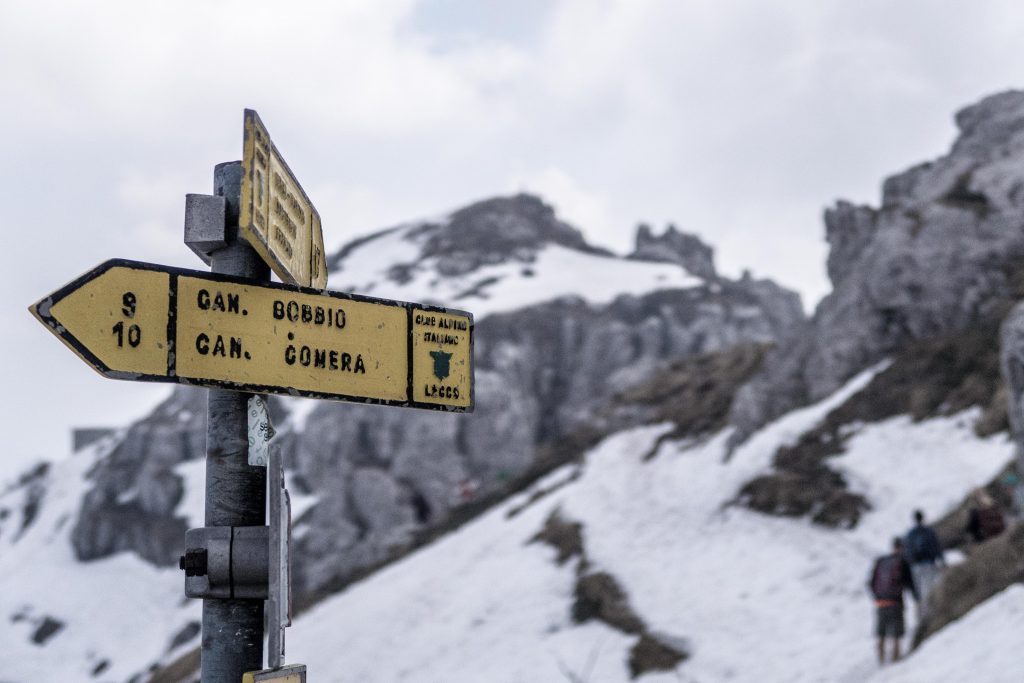
Similar to “How do I get to…?,” this question helps you find directions to where you are going. The difference is that you can use a map—from a guide book, a map application on your phone, or an actual local map—to get a more visually accurate instruction. You can ask people to show the way using the map; they can either point to the path or draw it!
How long will it take to get to…?

For those on a tight schedule, you must know the time it will take you to get between different locations—this is especially true for those on a business trip! Ask “How long will it take to get to (the name of your destination)?” to know how much time you need to set aside for travel; and so that you can set all your meetings around that.
Where is the nearest taxi/bus/train station?

Public transportation follows a specific route, so you rarely see it passing along non-major roads or small streets. If you are exploring areas that are not on the way of public vehicles, it is helpful to remember the question “Where is the nearest taxi/bus/train station?” This will help you find the right direction towards the nearest area to take the train or ride a bus or cab.
Is this the train/bus for…?

You have probably heard many stories of travelers taking the wrong public transportation and finding themselves in a completely different place. That is easily avoidable with some planning. But if you would like to be sure you are on the right track, remember the phrase “Is this the train/bus for (the name of your destination)? If the person you are asking says no, then you can begin to ask for directions to where the correct train/bus you have to take to your destination is.
I’m lost.
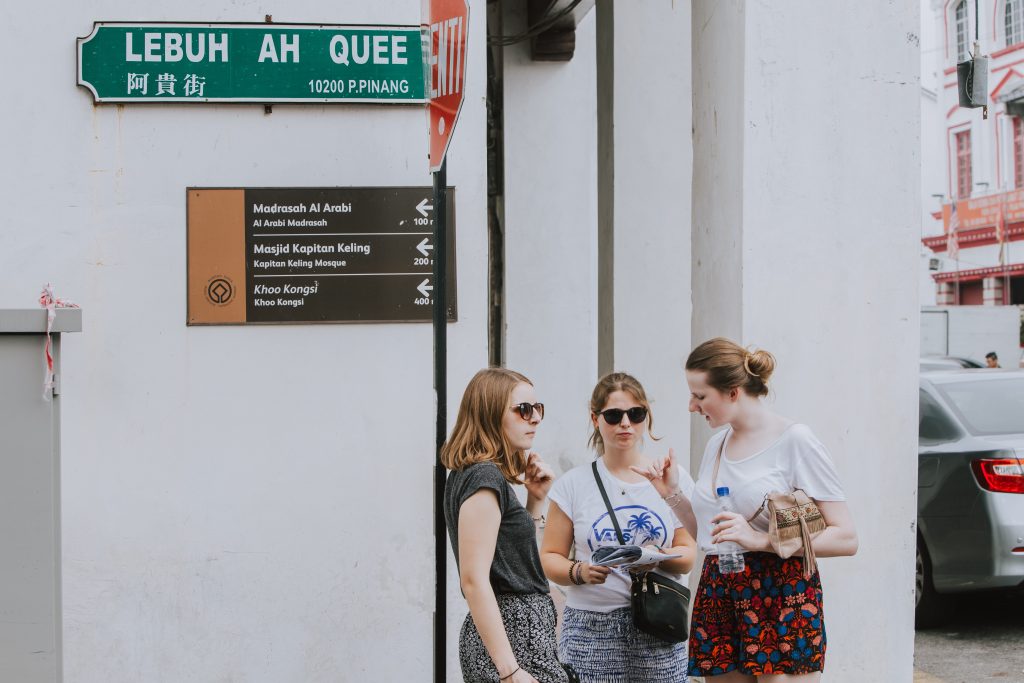
There is no shame in losing your way. Many times, these accidents become nice stories of experience. If you do find yourself in a place where you are not supposed to be, just casually tell a guide, officer, or a nice stranger “I’m lost,” and they may be able to help you!
Conclusion
While it is helpful to remember these phrases before taking public transportation in a foreign country, the best way to make sure your trip goes smoothly is to understand and communicate well in English since this is a widely used language for travelers and tourists. LingualBox offers courses that can help you sharpen your language and comprehension skills. Book a class today!
